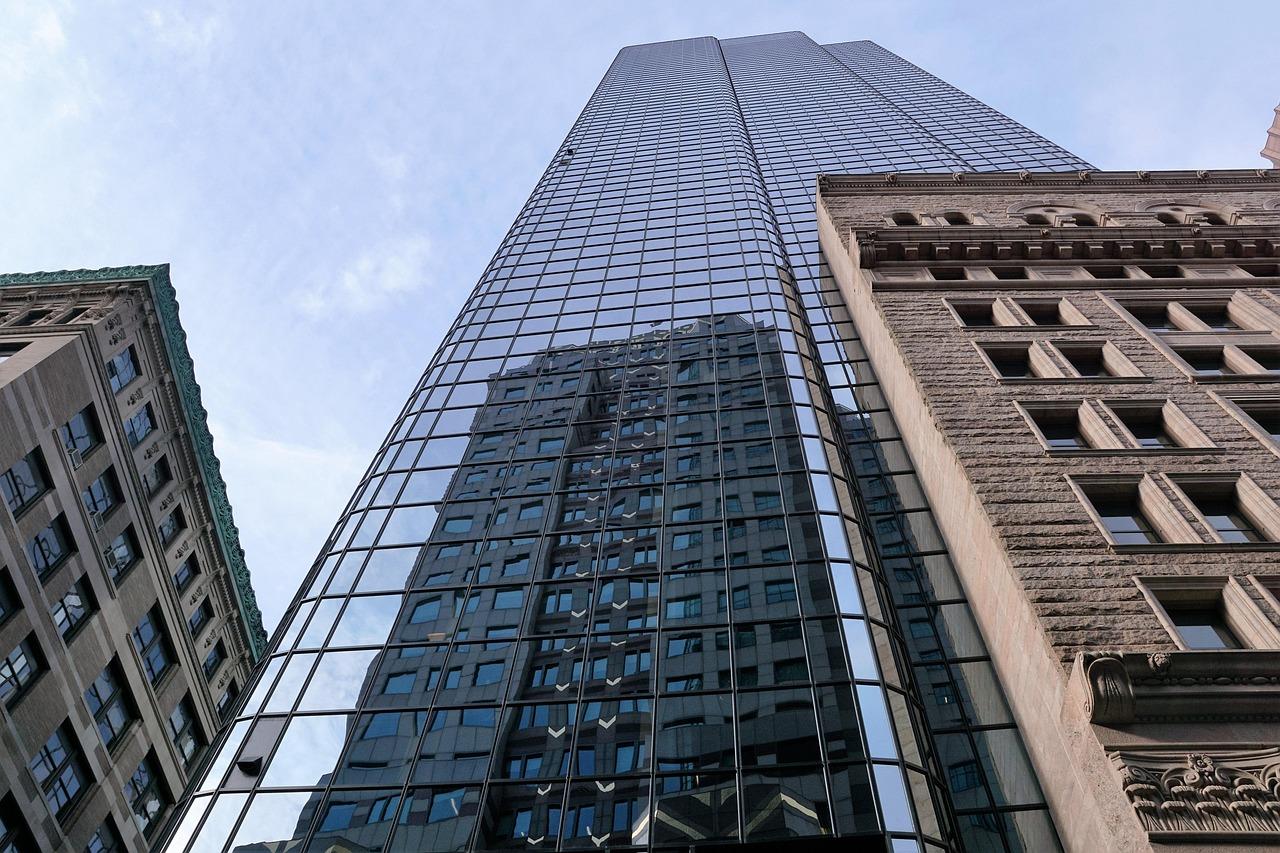
Current I-526 Processing Time by Petition Type
The published EB-5 processing time represents how long it took USCIS to complete 80% of adjudicated cases over the past six months. In other words, these numbers reflect the experience of most — but not all — investors.
It’s important to remember that these timelines are guidelines, not guarantees. An individual case may move more quickly or more slowly depending on a number of factors, including: the type of EB-5 investment (Regional Center or direct project), whether the project has been pre-approved by USCIS (I-956F) or the investor’s country of birth (and whether there is a visa backlog).
You can always verify the most recent numbers using the USCIS Processing Times tool.
Since the EB-5 Reform and Integrity Act of 2022 (RIA 2022), USCIS now distinguishes between petitions filed after the law’s enactment and older “legacy” filings. The main categories are:
- I-526E | Immigrant Petition by Regional Center Investor – 13.5 months
(Post-RIA investors in Regional Center projects) - I-526 | Immigrant Petition by Standalone Investor – 27.5 months
(Post-RIA investors in their own, direct business projects)
‘Legacy’ refers to all I-526 forms filed before the EB-5 Reform and Integrity Act of 2022 (RIA 2022):
- I-526 | Legacy Cases – 64 months for all countries except China; 93 months for Chinese investors.
Why Regional Center Projects Often Process Faster
Many Regional Center projects are strategically located in Rural Areas or High Unemployment Areas (TEA) — locations the U.S. government considers economically disadvantaged and therefore prioritizes for EB-5 visa allocation. Investments in these areas are eligible for set-aside visa categories, which can shorten the wait for visa availability and, in turn, reduce total processing time.
Another major factor is whether the project’s Form I-956F — the application for project approval — has already been reviewed and approved by USCIS. A project with an approved I-956F generally moves much faster because USCIS has already completed the due diligence on the business plan and job creation methodology.
For example:
- Rural projects with approved I-956F – as fast as 1–12 months
- High-unemployment projects – typically around 18 months
For most new EB-5 investors choosing a Regional Center project, the current average I-526E processing time is 13.5 months. This faster turnaround is especially relevant given that in FY2024, 4,567 petitions were I-526E filings, compared to only 281 petitions for direct investments — making Regional Center investments the dominant choice for EB-5 applicants.
USCIS Processing Order for I-526 Petitions
In 2023, USCIS introduced the Visa Availability Approach to better manage the order in which I-526 petitions are reviewed. This approach aims to prioritize cases where a visa number is already available or will be available soon, reducing unnecessary delays for eligible investors.
The system is divided into three queues:
- Queue 1 – Cases with available visas for projects already reviewed (or for single-investor standalone projects); also processed from oldest to newest.
- Queue 2 – Projects not previously reviewed by IPO, with visas immediately or soon available; processed from oldest to newest.
- Queue 3 – Cases where visas are not yet available; reviewed first-in, first-out.
By grouping petitions in this way, USCIS can focus resources on petitions most likely to lead to immediate visa issuance, potentially reducing overall EB-5 processing times for those cases.
Why EB-5 Processing Times Haven’t Reached RIA Targets
The Reform and Integrity Act (RIA) of 2022 set ambitious processing goals:
- TEA project petitions – within 120 days
- Non-TEA project petitions – within 240 days
To help achieve these targets, the law required USCIS to review its adjudication processes and implement new government filing fees. These higher fees took effect in 2024, but the target timelines are still far from being met.
That said, average processing times have shortened compared to prior years. For example, many Rural TEA projects now see I-526E approvals within 12 months, a marked improvement from pre-RIA timelines that could stretch beyond three years. However, for non-priority cases and countries with visa backlogs, the wait can still be measured in years rather than months.
I-829 Processing Time: Removing Conditions on the Green Card
The outlook for I-829 processing time — the stage where conditional residency is converted to permanent residency — is far less encouraging. USCIS currently lists the average at 46 months, a figure that includes all nationalities.
This number may reflect two possibilities:
- The data has not been updated recently, and older cases are still included in the average.
- More likely, the figure is inflated by petitions from countries with significant backlogs, such as China and India, where investors may wait years for adjudication due to visa retrogression and high demand.
As of the end of FY2024, 7,758 I-829 petitions were still pending. This backlog means that even investors from countries without retrogression may face multi-year waits to have the conditions removed from their Green Card.
I-526 Processing Time: How to Make It Shorter
For prospective EB-5 investors, knowing the I-526 processing time — and the factors that can accelerate or slow it down — is essential for setting realistic expectations. Choosing a Rural TEA Regional Center project with an approved I-956F remains one of the most effective ways to minimize wait times and move quickly toward conditional residency. Current EB-5 Projects with Type and I-956F Approval Status.
If you’re considering an EB-5 investment or navigating the removal of conditions, our team can help you evaluate project timelines and build the most efficient strategy for securing your U.S. residency. Book a consultation today. Our team provides independent, project-neutral advice to help you invest wisely and secure your Green Card.
Categories:




